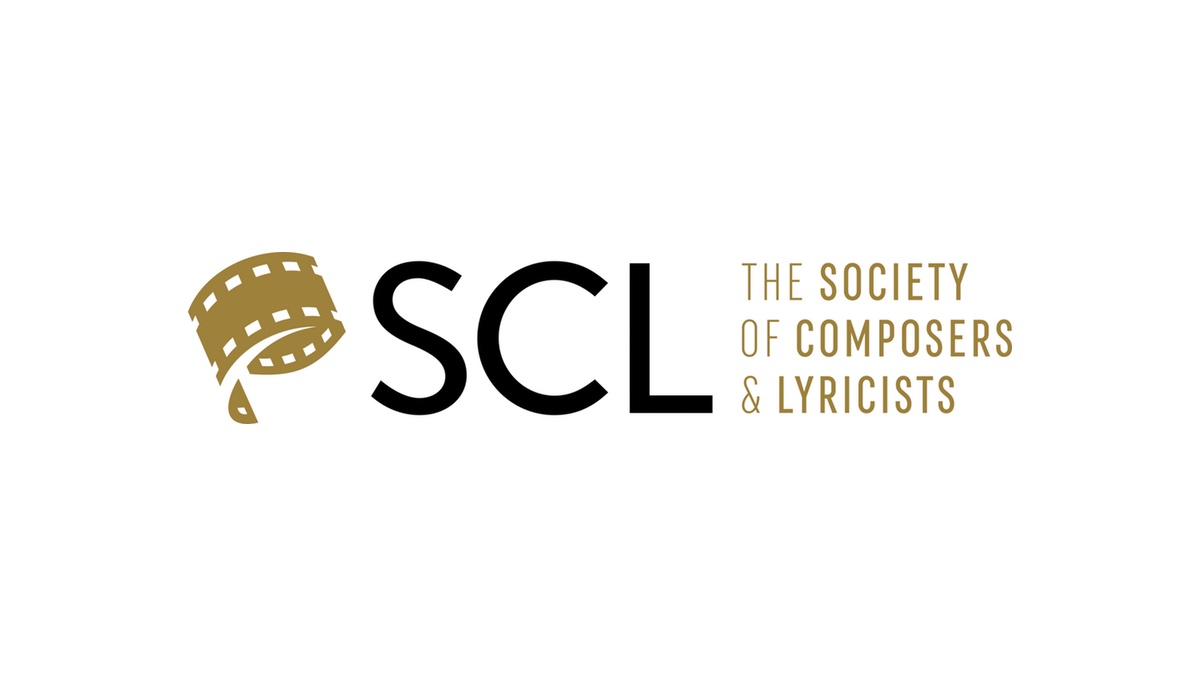
Extraordinary Copyright Distribution
One of the most contentious issues facing Congress when it enacted the 1976 Copyright Act was how to deal with cable systems’ retransmission of over-the-air broadcast signals which contained copyrighted works. It was contentious in large part because in 1968, the Supreme Court had ruled that, under the 1909 Act, cable retransmissions of local broadcast stations were not “performances,” and so incurred no copyright liability. In 1974, the Court extended that conclusion to cable retransmissions of distant broadcast signals (i.e., signals from broadcast stations out of the cable system’s local market). (Remember, in those days, there were for all intents and purposes no cable originations — no HBO, no CNN, nothing of that sort.)
Congress disagreed — those retransmissions, it believed, were performances. But, as the cable industry had grown up without paying copyright royalties, and (more significantly) given the power of the cable lobby, rather than leave it to the marketplace, Congress enacted a statutory compulsory license for cable retransmissions of broadcast signals. The statutory compulsory license said that cable systems would pay a set minimum fee, which would in theory cover retransmissions of local stations, plus incremental fees based on the number of distant signals that the cable system carried(i.e., signals from non-network local broadcast stations out of the cable systems local market — there was to be no payment for network broadcasts, only for the non-network parts of network affiliated local stations, the theory being that the network wanted the broadest national coverage possible).
In the heady days of the 1980s, when the major channels carried by cable systems were “superstations” like WTBS and WGN, these compulsory license fees amounted to serious money — say between $100 and $150 million annually. The fees have declined as the carriage of distant broadcast signals has been replaced by cable networks (HBO, CNBC, A&E, etc. etc. etc.), for which no compulsory license exists and for which cable operators negotiate in the marketplace (carriage of those cable networks is the source of all the cable $$$ ASCAP receives).
In the 1976 Act, Congress delegated the task of annually dividing up among the various copyright owner interests entitled to them the compulsory license fees the cable systems paid for retransmission of over-the-air broadcast signals to an administrative agency, the Copyright Royalty Tribunal. The Tribunal was replaced by the CARPs (Copyright Arbitration Royalty Panels), which in turn were replaced by the Copyright Royalty Judges (usually referred to as the Copyright Royalty Board, or CRB). That’s what the announcement you refer to deals with.
Beginning with the very first year such royalties were paid (1978), the many copyright owner claimants to the royalties have coalesced into discrete groups. They are with one exception, the copyright owners of the programs carried on the broadcast signals retransmitted by the cable systems: the “Program Producers and Syndicators” (covering movies and syndicated shows, led by the Motion Picture Association of America); the “Joint Sports Interests” (the sports leagues and teams); the local broadcasters (covering things like local news shows, led by the National Association of Broadcasters); the “Canadian Claimants” (because Canadian broadcasts are carried by US cable systems near the border); PBS; NPR (yes, distant radio signals are also covered); and the “Devotional Claimants” (the producers of religious shows who did not want to be represented by the MPAA).
Now, importantly, the “Music Claimants” are the one exception, as claimants who are not copyright owners of over-the-air programming retransmitted by the cable systems — these are the writers, composers and publishers of the music contained throughout all that programming. As the rights involved are performing rights, work-for-hire is irrelevant — the rights and entitlement to the royalties are the same as for radio, TV, etc., and they are represented in the proceedings before the CRB by ASCAP, BMI and SESAC. (These are the cable compulsory fees that are mentioned in the flash financial reports to the Board at each Finance Committee meeting.)
To complete this very long explanation: The CRB conducts annual distribution proceedings, as they are known, in two phases: Phase I divides the total royalty pie available up among the various claimant groups, as outlined above. Phase II then divides the amount allocated to each group among the discrete claimants in that group. It is usual for the Phase I allocations to be made by complete or partial settlement, although the Phase I shares are litigated from time to time.There is almost always a Phase II settlement among each group (for Music, the royalties allocated to the group as a whole in Phase I are divided up among ASCAP, BMI and SESAC by voluntary agreement amongst the PROs).
And, finally, when satellite carriers came about to compete with cable systems, Congress also applied the statutory compulsory license to them.
So, to sum up, the royalties paid by cable and satellite systems for the retransmission of over-the-air broadcast signals to which writers, composers and publishers of the music in those signals are entitled are paid to ASCAP, BMI and SESAC. ASCAP, of course, then includes them in the normal distribution system.
Fred Koenigsberg
Legal Counsel to ASCAP Board
